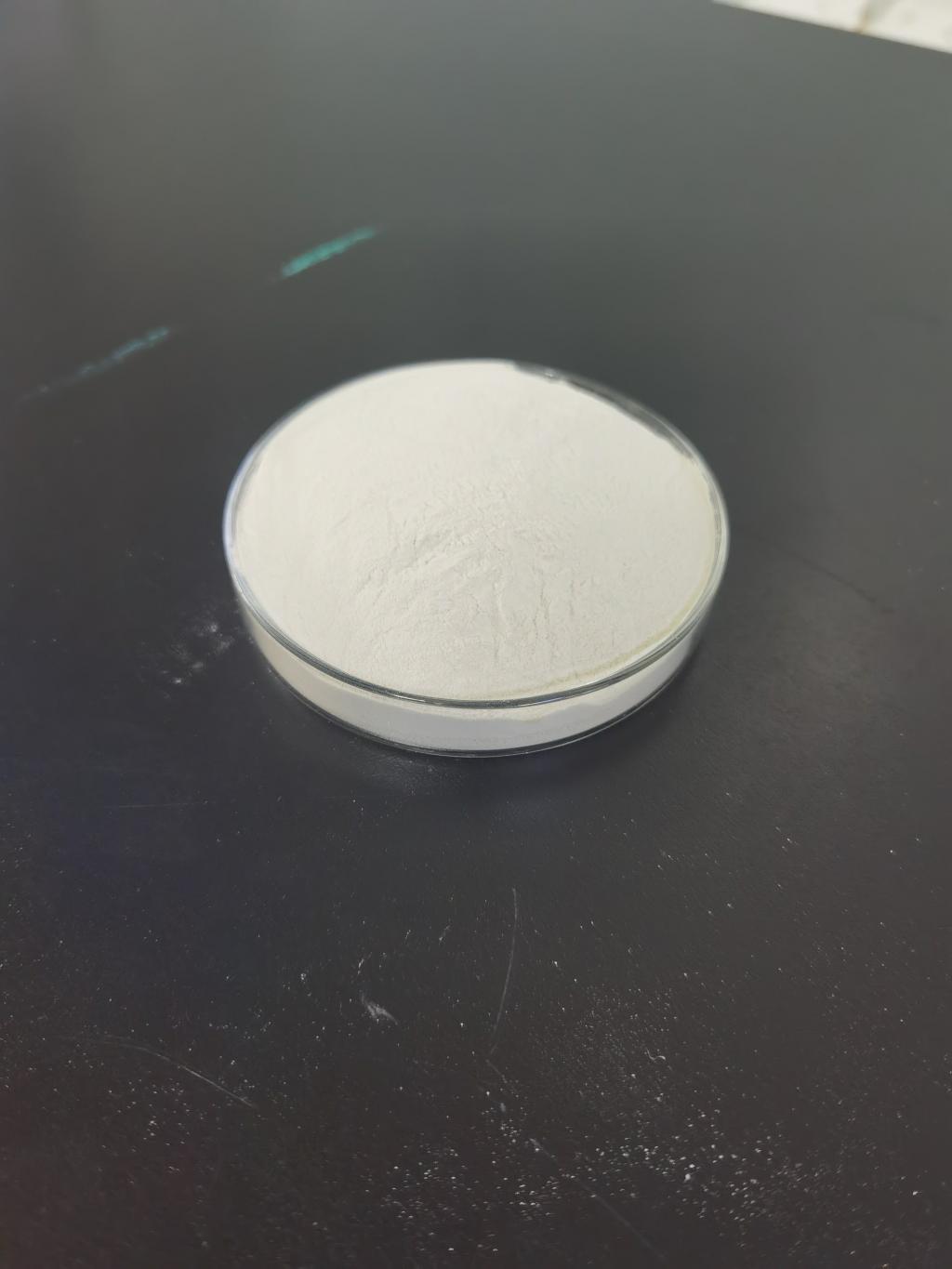Tel:0086 18231198596

News
Current Position:
Home >
News
>Nisin in the Age of Smart Packaging: Innovations in Freshness Maintenance
Nisin in the Age of Smart Packaging: Innovations in Freshness Maintenance
TIME:2023-12-29
Introduction:
The global food packaging landscape has evolved significantly to address the challenges of food spoilage, contamination, and waste. Smart packaging, equipped with sensors, indicators, and other intelligent features, has emerged as a key player in this transformation. Nisin, a naturally occurring antimicrobial peptide, has garnered attention for its potential in enhancing the efficacy of smart packaging systems.
I. Nisin: A Natural Preservative
Nisin Overview
Nisin, produced by the bacterium Lactococcus lactis, is a polycyclic antibacterial peptide widely recognized for its antimicrobial properties. It has been traditionally used in the food industry to inhibit the growth of spoilage and pathogenic bacteria, particularly in dairy and meat products.
Mechanism of Action
The mode of action of nisin involves its interaction with bacterial cell membranes, leading to pore formation and subsequent cell death. Its specificity for certain bacteria makes it an ideal candidate for targeted antimicrobial applications.
II. Smart Packaging: An Overview
Definition and Components
Smart packaging refers to the integration of advanced technologies into traditional packaging materials, creating a dynamic system capable of monitoring and responding to environmental changes. Components of smart packaging include sensors, indicators, RFID tags, and communication devices.
Functions of Smart Packaging
Real-time Monitoring: Sensors detect changes in temperature, humidity, and gas composition.
Quality Assurance: Smart indicators provide information on the freshness and safety of the packaged food.
Traceability: RFID tags enable tracking and tracing of food products throughout the supply chain.
Interactive Packaging: Some smart packaging allows consumers to interact with the product through smartphone apps or other digital interfaces.
III. Nisin in Smart Packaging: Enhancing Freshness Maintenance
Nisin-Embedded Packaging
Researchers and food technologists are exploring ways to incorporate nisin into packaging materials. This involves encapsulating or immobilizing nisin within the packaging structure to create an antimicrobial barrier that actively inhibits microbial growth.
Selective Release Mechanisms
Smart packaging equipped with controlled release mechanisms ensures the gradual release of nisin in response to environmental conditions. This selective release enhances the effectiveness of nisin in preventing microbial proliferation during storage and transportation.
Integration with Sensor Technologies
The synergy between nisin and smart sensors allows for real-time monitoring of microbial activity. When an increase in bacterial load is detected, the smart packaging system responds by releasing a higher concentration of nisin to counteract the threat, thereby maintaining freshness and safety.
IV. Case Studies and Success Stories
Case Study 1: Nisin-infused Fresh Produce Packaging
In the context of fresh produce, incorporating nisin into packaging materials has shown promising results in extending the shelf life of fruits and vegetables. Smart sensors embedded in the packaging detect ethylene production, a marker of ripening, triggering the release of nisin to inhibit the growth of spoilage microorganisms.
Case Study 2: Nisin-enhanced Meat Packaging
In the meat industry, the antimicrobial properties of nisin have been harnessed to combat the risk of bacterial contamination. Smart packaging equipped with temperature sensors ensures that nisin is released more actively in warmer conditions, providing an additional layer of protection during transportation and storage.
V. Challenges and Considerations
Regulatory Approval
Despite its natural origin, the incorporation of nisin into smart packaging materials requires regulatory approval. The regulatory landscape varies across regions, and obtaining approval for innovative technologies may pose a challenge.
Consumer Acceptance
Consumer perception of nisin-infused packaging, including concerns about food safety and potential side effects, must be addressed. Effective communication and education about the benefits of this technology are crucial for widespread acceptance.
VI. Future Prospects and Trends
Integration with Nanotechnology
The integration of nanotechnology with nisin and smart packaging holds the potential for further advancements. Nanoparticles may enhance the controlled release of nisin, improving its efficacy and reducing the amount needed in the packaging.
Blockchain Technology for Transparency
Blockchain technology can be integrated into smart packaging to provide an immutable and transparent record of the entire supply chain. This not only ensures traceability but also contributes to building consumer trust in the safety and freshness of packaged products.
Conclusion:
In the age of smart packaging, the integration of nisin represents a significant leap forward in enhancing freshness maintenance and food safety. As technology continues to evolve, the synergy between natural antimicrobial agents like nisin and smart packaging systems holds immense potential for revolutionizing the way we package, monitor, and consume food. While challenges remain, ongoing research and collaboration between the food industry, regulatory bodies, and consumers are essential to realizing the full benefits of this innovative approach.

 CONTACT
CONTACT




